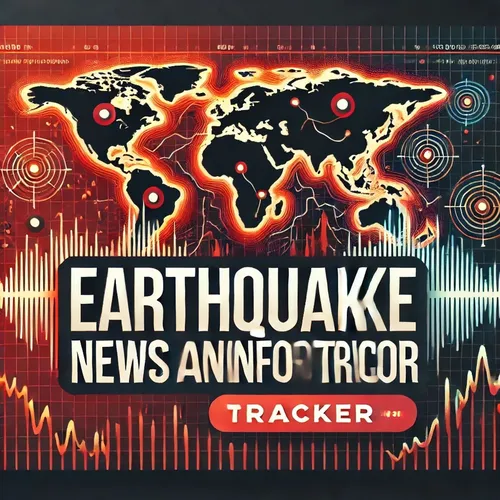"Tremors Across the U.S. and Abroad: Experts Warn of Persistent Seismic Risks"
- Author
- Quiet. Please
- Published
- Wed 06 Aug 2025
- Episode Link
- https://www.spreaker.com/episode/tremors-across-the-u-s-and-abroad-experts-warn-of-persistent-seismic-risks--67277239
In the past week, seismic activity across the United States and around the world has been a focus for both scientists and the public. In California, a 3.5 magnitude earthquake was reported near Ontario, occurring at a depth of about four miles. The United States Geological Survey received over a thousand reports from people who felt shaking during this event. While the earthquake was relatively minor and caused no significant damage, it is a reminder of the persistent seismic risks along the West Coast. On the opposite side of the country, New Jersey saw back-to-back small earthquakes. A 2.7 magnitude event struck near Hillsdale on August fifth, following a 3.0 magnitude earthquake that rattled Hasbrouck Heights just three days prior. According to CBS News, tremors from the Hasbrouck Heights quake were felt as far as sixty miles away, reaching parts of New York City. No injuries or major damage were reported, but officials cautioned residents to remain alert for aftershocks.
The most dramatic recent earthquake occurred outside the United States, when a magnitude 8.8 earthquake struck Russia’s Kamchatka Peninsula on July twenty-ninth. This was the strongest earthquake reported globally in the last fourteen years. The resulting seismic waves produced tsunami warnings throughout Hawaii and the West Coast of the United States. According to the United States Tsunami Warning System, tsunami waves up to five point seven feet were reported in Maui, over four feet in Hilo, and more than three feet in Crescent City, California—the highest ever recorded in the state. While authorities in Hawaii ultimately downgraded the tsunami threat, they urged coastal residents to stay away from beaches. The National Weather Service in Eureka, California warned that tsunami waves would build through the night and become particularly dangerous near high tide.
Following the massive Kamchatka quake, the United States Geological Survey released an aftershock forecast warning that the likelihood of additional strong earthquakes in the region would remain high for weeks. This earthquake also triggered volcanic activity in the area, with experts from the Russian Academy of Sciences reporting a chain reaction that included the eruption of a volcano believed to have been dormant for six hundred years. These global and domestic events reveal ongoing seismic hazards and the interconnectedness of geological processes worldwide. Scientists and emergency officials continue to monitor fault systems in the United States and abroad, emphasizing the need for continued preparedness in earthquake-prone regions.
Some great Deals https://amzn.to/49SJ3Qs
For more check out http://www.quietplease.ai
